Nguyen Quy clan ancestral house
(BNP) - Nguyen Quy clan ancestral house, Guot hamlet, Viet Hung commune was built around the sixteenth century. Through the ups and downs of history and two wars, the clan ancestral house was destroyed. In 1999, it was rebuilt.
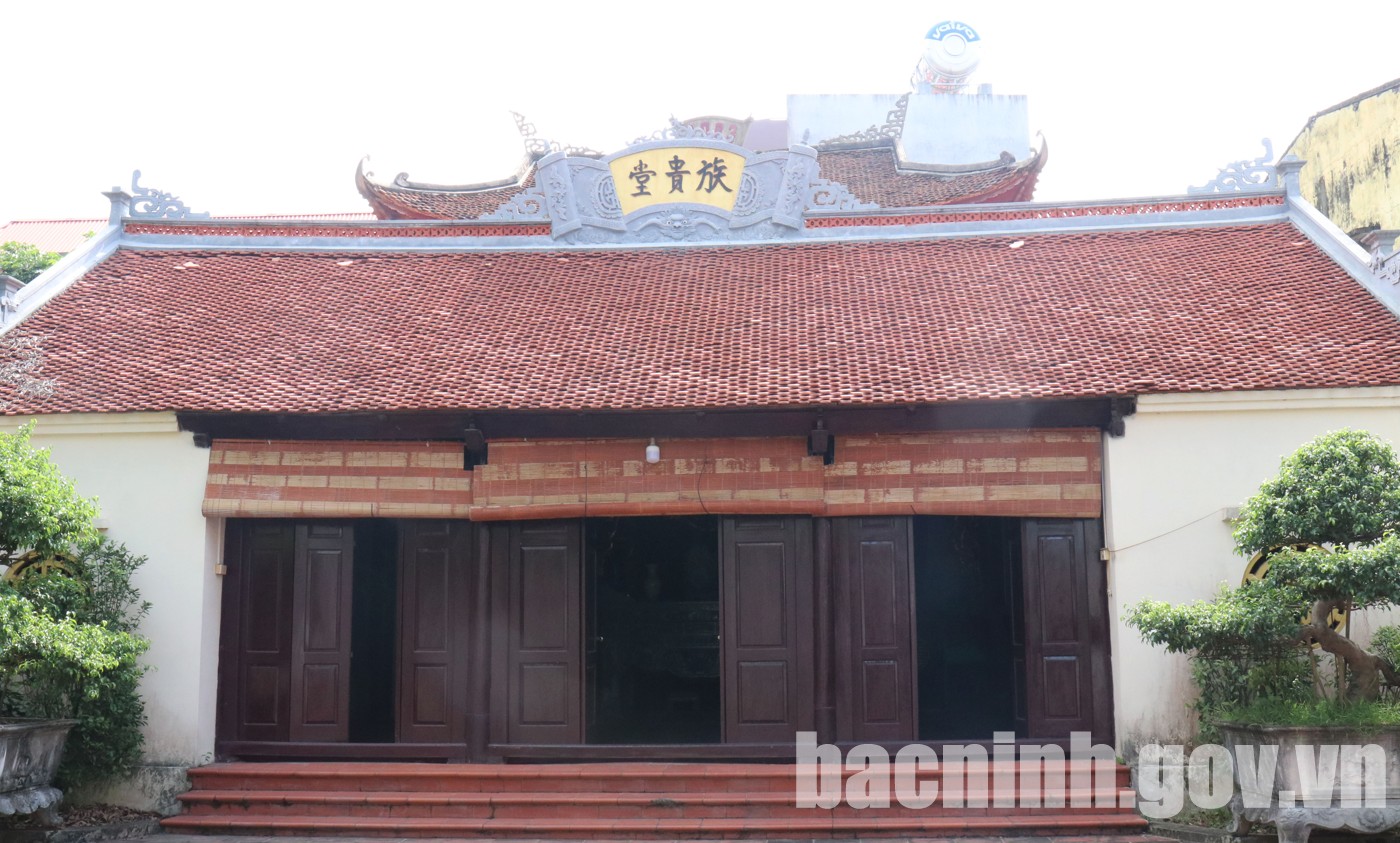
The clan ancestral house has an architecture of Chines “Dinh” letter.
Nguyen Quy clan ancestral house is located on an area of nearly 700m2. It has an architecture of Chines “Dinh” letter, including 5-compartment Tien duong and 3-compartment Hau cung.
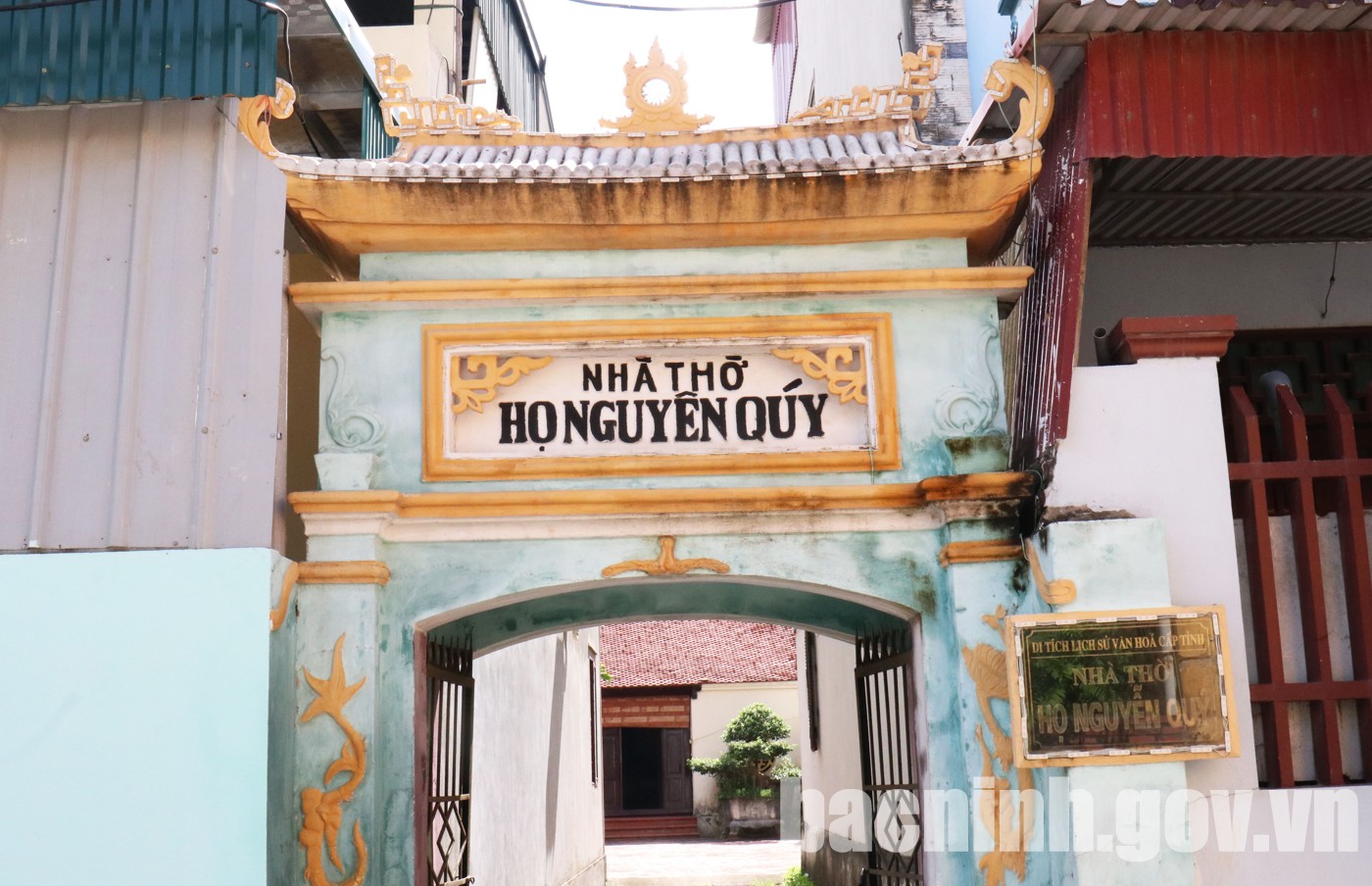
The gate of Nguyen Quy clan ancestral house.
Hau cung was renovated in 2003. It is a sacred place to worship the ancestors of the Nguyen Quy family.
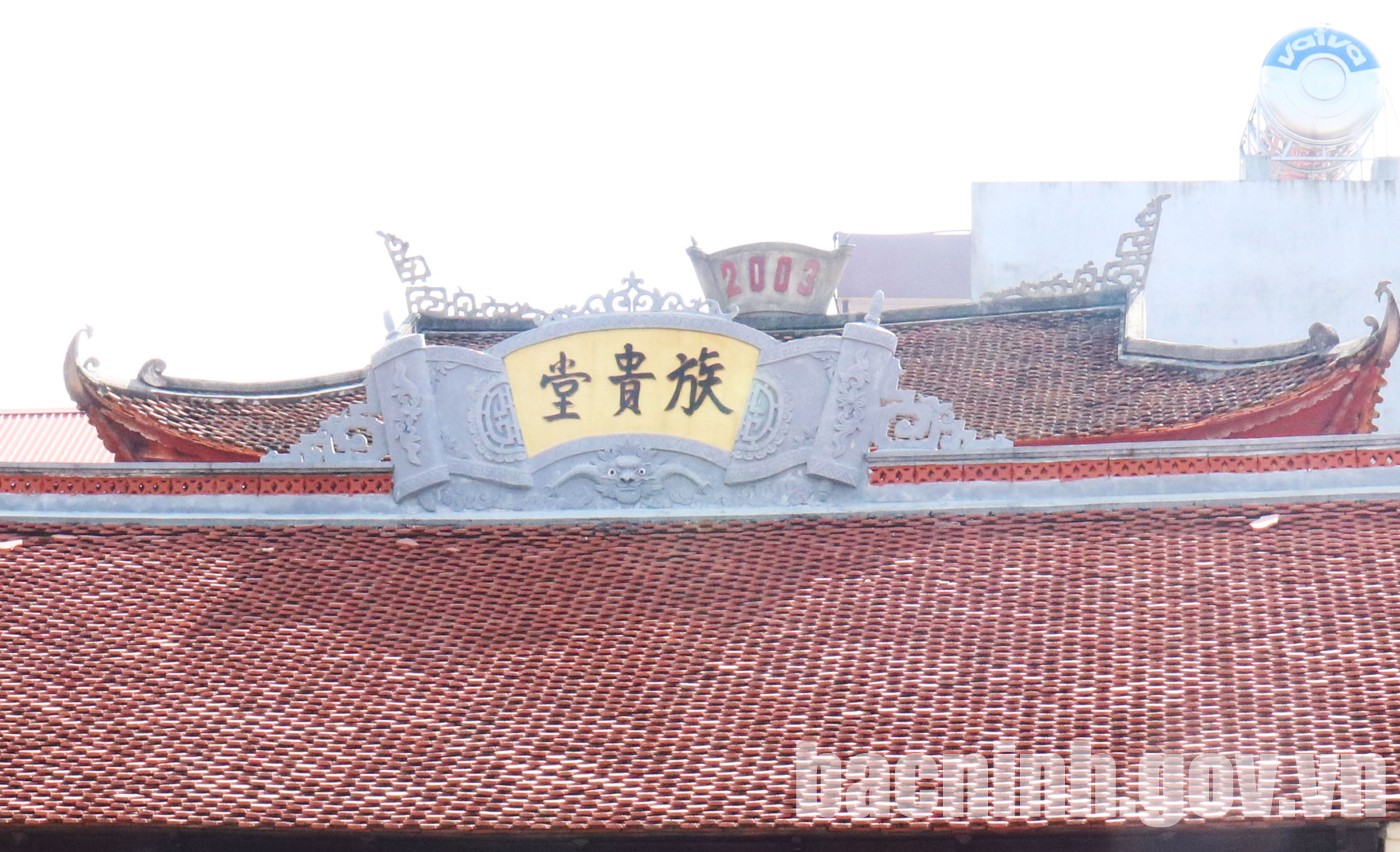
On the roof of Tien Duong, there is an inscription that roughly translates to Nguyen Quy family.
Currently, the Nguyen Quy family has two branch including: The first branch is currently residing in Guot village, Viet Hung commune, Que Vo. In first genera, there are 3 people who used to be mandarins and taught at Quoc Tu Giam school.
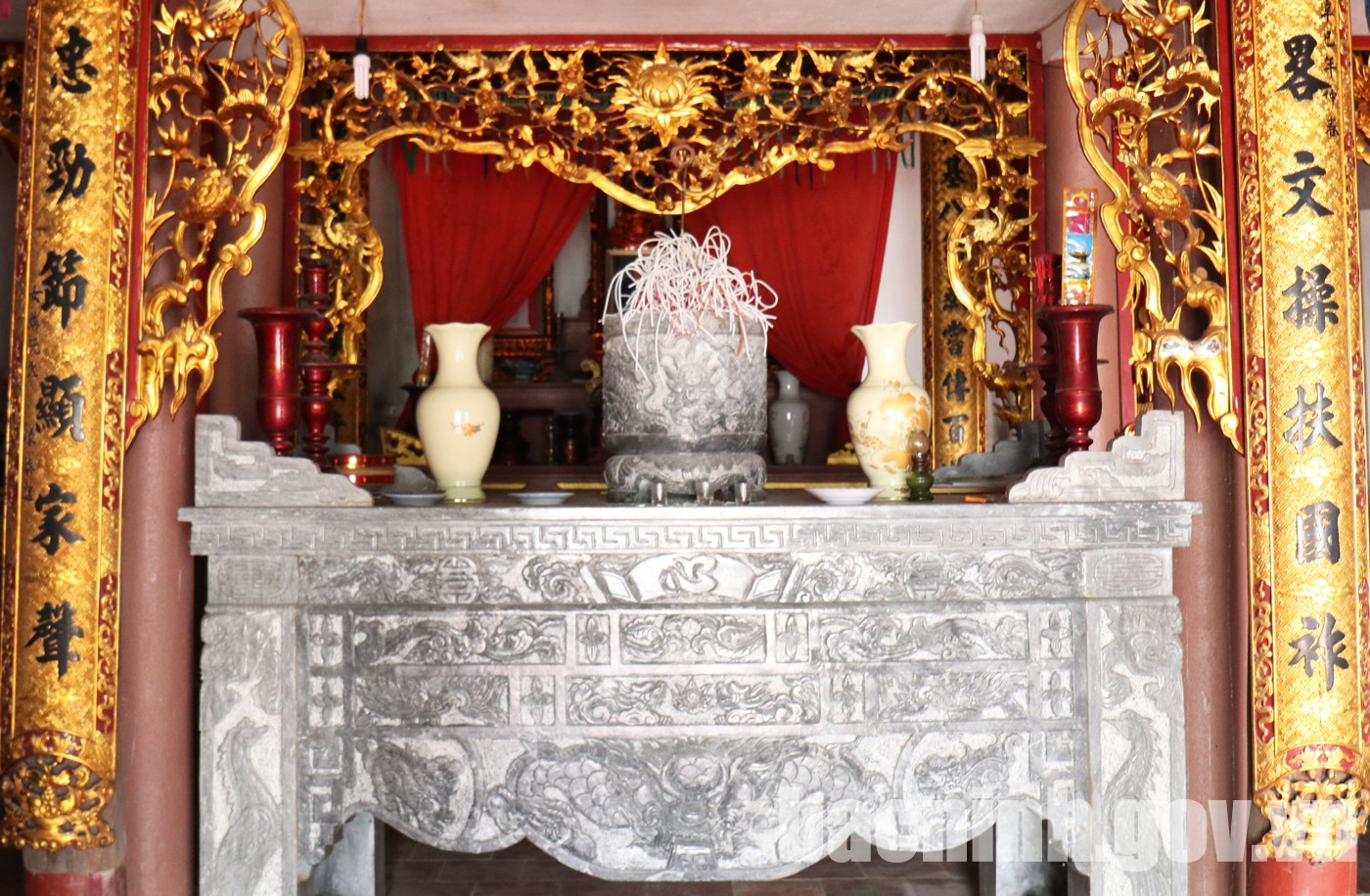
The incense at the Tien duong.
The second branch is now in Phu Chan ward, Tu Son city. In the branch, there is a daughter Nguyen Thi Can, the wife of King Le Hien Tong, who gave birth to King Le Uy Muc, and was named Queen Chieu Nhan Due. Queen Nguyen Thi Can has four brothers, all working as mandarins under the Le dynasty (later formed 4 genera): Nguyen Phuc Tien (in Ngoc My, Thanh Oai, Hanoi), Nguyen Phuc Tam (in Dai Dai). Mo, Tu Liem, Hanoi), Nguyen Quy Nha ( Kinh Mon, Hai Duong), Nguyen Ba Thang (in Phu Chan, Tu Son, Bac Ninh).
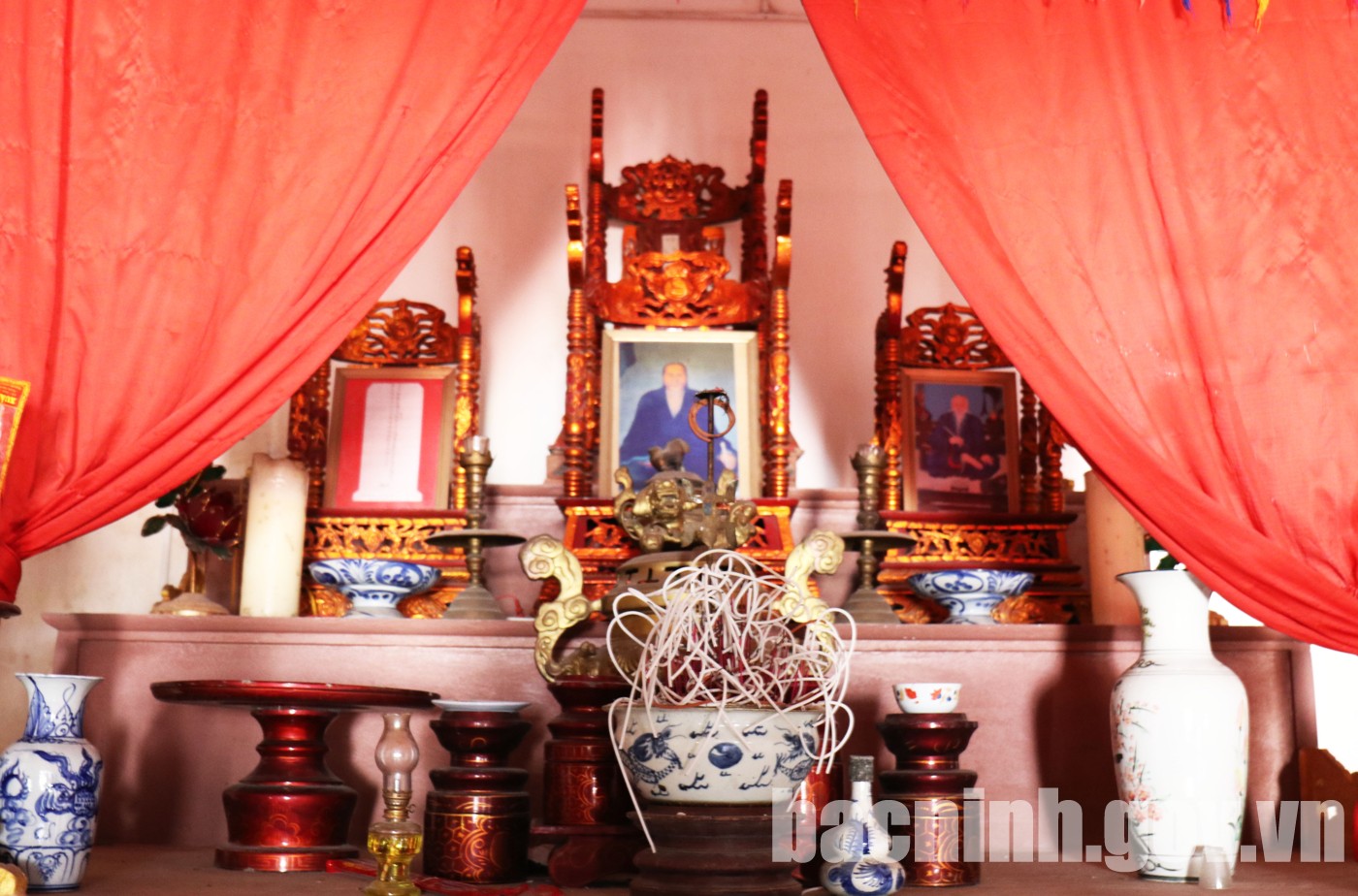
The Hau cung is the place where the altars are placed to worship the Nguyen Quy family.
Typical artifacts include: 05 altars, 03 trays, 01 horizontal lacquered board, 04 parallel sentences, 03 incense peaks of the 20th century.
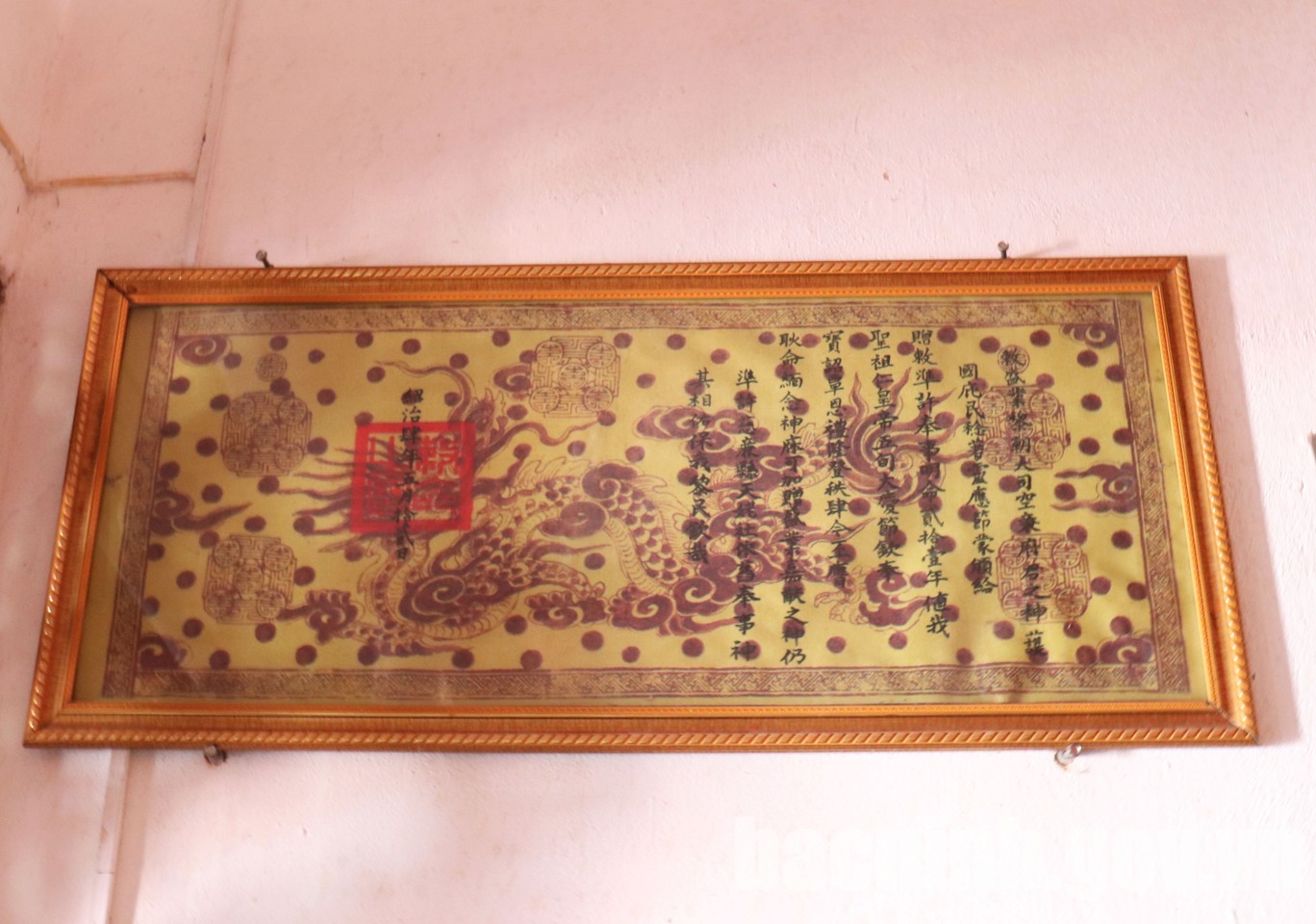
Ordinations bestowed by the Kings hang in clan ancestral house
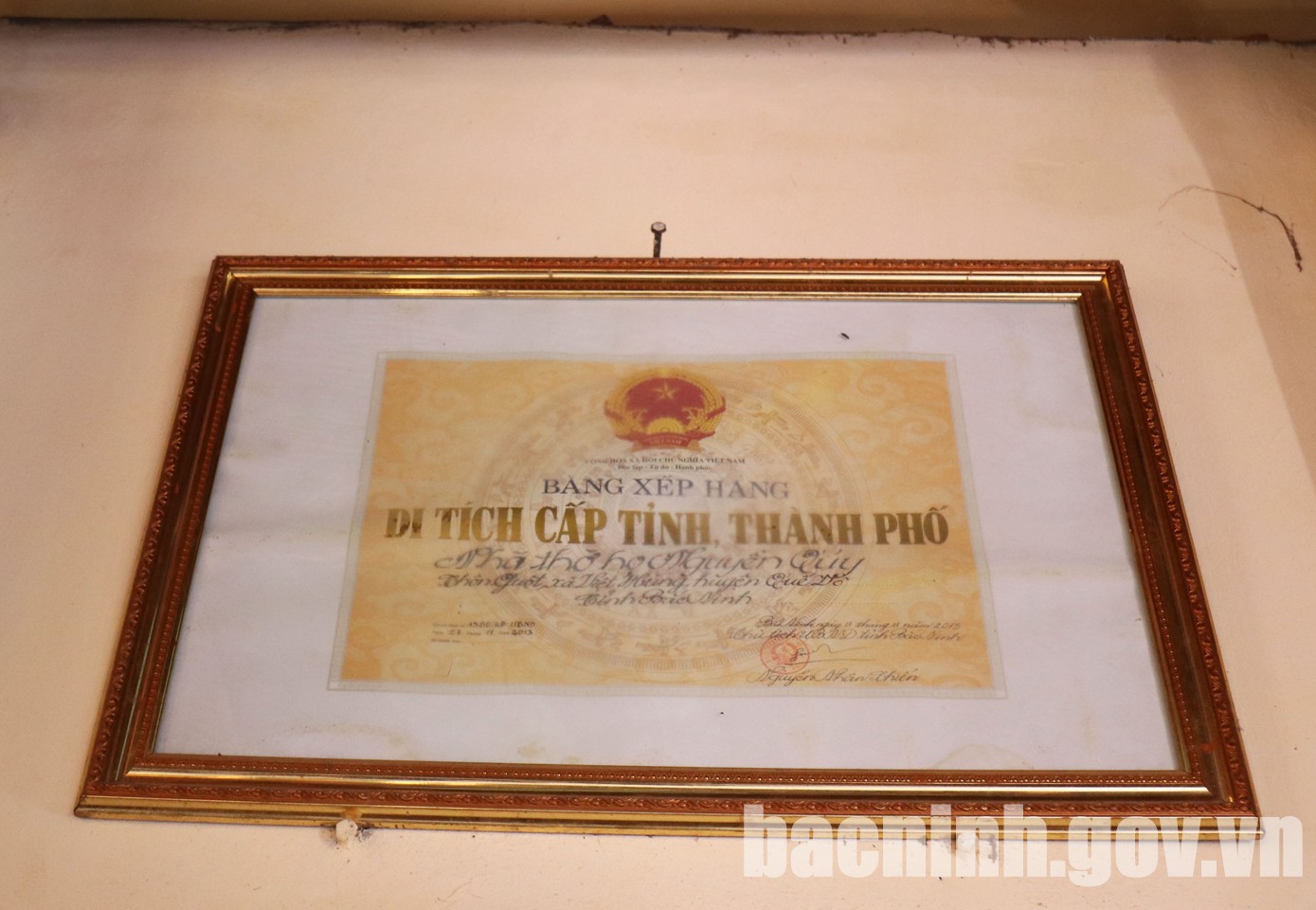
Certificate of provincial-level relic ranking.
Nguyen Quy clan ancestral house is ranked as a provincial relic in Decision No. 1308/QD-UBND, dated November 27, 2013.






